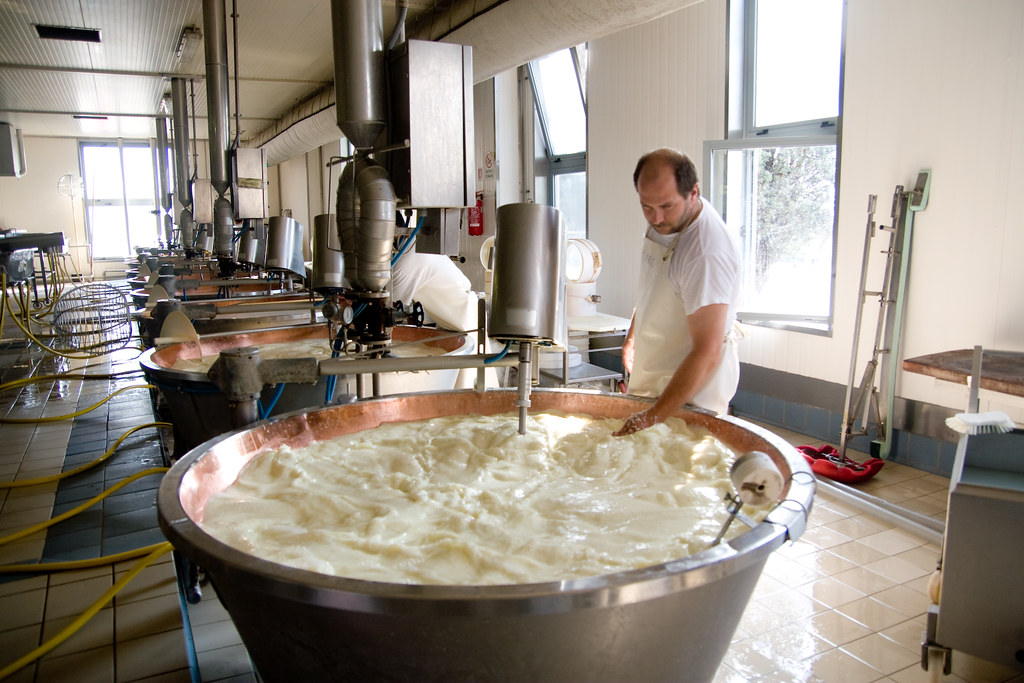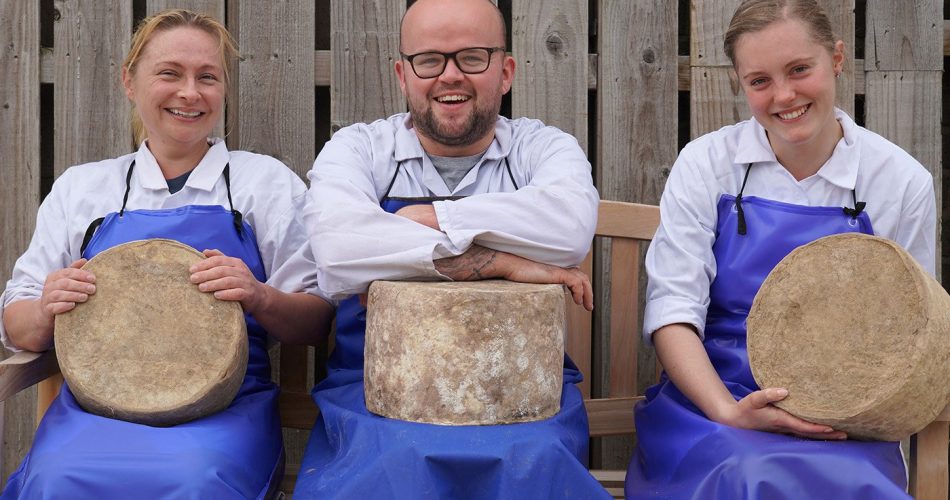Unlocking the Tricks of Artisanal Cheese Making: A Detailed DIY Guide
In the world of cooking craftsmanship, artisanal cheese making stands as a testament to the fragile equilibrium between tradition and advancement. Each action in the procedure, from selecting the ideal milk to developing aging techniques, holds within it a riches of expertise passed down through generations. As we start this trip to demystify the art of developing beautiful cheeses, we are confronted with a tapestry of secrets and skills waiting to be unwinded. Join us as we discover the complexities of this old craft, where science, patience, and art converge to produce flavors that tantalize the senses.
Selecting the Right Milk
When embarking on the journey of artisanal cheese production, the selection of milk plays a crucial duty in figuring out the quality and features of the final item. The type of milk picked impacts the flavor, texture, and in general profile of the cheese.
When choosing milk for cheese making, it is essential to take into consideration the fat content. Higher fat web content in milk can lead to a creamier and richer cheese, while lower fat material might result in a drier and stronger texture. In addition, the source of the milk, whether from cows, goats, lamb, or buffalo, contributes distinctive flavors and attributes to the cheese (Melbourne Made Cheese). Each type of milk brings its very own subtleties, permitting a vast array of cheese selections to be crafted based on the selected milk. Ultimately, the selection of milk is a basic decision that sets the structure for a successful artisanal cheese-making venture.
Culturing and Coagulating
To start the cheese-making process, the important steps of culturing and coagulating should be thoroughly performed to transform milk right into curds and whey. The type of culture utilized can considerably impact the taste, appearance, and ripening of the last cheese product.

The timing and temperature level control during culturing and coagulation are crucial factors that affect the final end result of celebrity. Proper execution of these actions is necessary to ensure the wanted appearance, flavor, and uniformity of the artisanal cheese being created.
Draining and Pushing Curds
After the milk proteins have actually coagulated and the curds have been reduced to release whey, the following important action in artisanal cheese making includes draining and pressing the curds to attain the desired appearance and consistency of the last cheese item. Draining is the procedure of separating the curds from the whey. This can be done by moving the curds right into a cheesecloth-lined colander or mold and mildew and enabling the whey to drain pipes off naturally. The time for draining pipes can vary depending upon the kind of cheese being made and the preferred dampness content.
Pushing helps remove any type of staying whey and compacts the curds to develop a strong cheese wheel. Appropriate draining pipes and pressing are important steps that considerably affect the high quality and qualities of the artisanal cheese being produced.
Aging and Flavoring Strategies
Applying thorough aging and flavor techniques is crucial in enhancing the deepness and intricacy of artisanal cheeses, elevating their preference accounts to elegant levels of improvement and elegance. Aging plays a crucial function in creating the unique flavors and appearances that distinguish artisanal cheeses.
Seasoning methods additionally add dramatically to the last preference of artisanal cheeses. Cheesemakers may select to present added tastes by incorporating components such as natural my latest blog post herbs, seasonings, or even fruits into the cheese throughout the manufacturing procedure. Additionally, some cheeses are washed or scrubed with numerous fluids, such as salt water or alcohol, to enhance their appearances and tastes.
Covering and Storing Cheeses

Conclusion
In conclusion, grasping the art of artisanal cheese making entails thoroughly picking the right milk, following specific culturing and coagulating processes, draining pipes and pressing curds efficiently, and making use of various aging and flavor techniques. Keep imp source in mind to cover and keep your cheeses properly to make sure optimum flavor and structure development.
Each kind of milk brings its own nuances, enabling for a wide variety of cheese varieties to be crafted based on the chosen milk.After the milk proteins have coagulated and the curds have been reduced to launch whey, the following essential step in see page artisanal cheese making includes draining pipes and pushing the curds to achieve the desired structure and consistency of the final cheese product. Many cheeses ought to be wrapped in wax paper or cheese paper to allow them to take a breath while shielding them from drying out. For cheeses that need to proceed aging, such as bloomy peels or cleaned peels, guarantee they are stored in an awesome atmosphere like a cheese cavern or a refrigerator established to the proper temperature. By paying interest to the wrapping and storage of artisanal cheeses, cheese makers and lovers can protect the integrity of these delicacies and fully appreciate their complicated flavors.
Comments on “Top Cheese Makers in Melbourne: The Story of Floridia Cheese Thomastown”